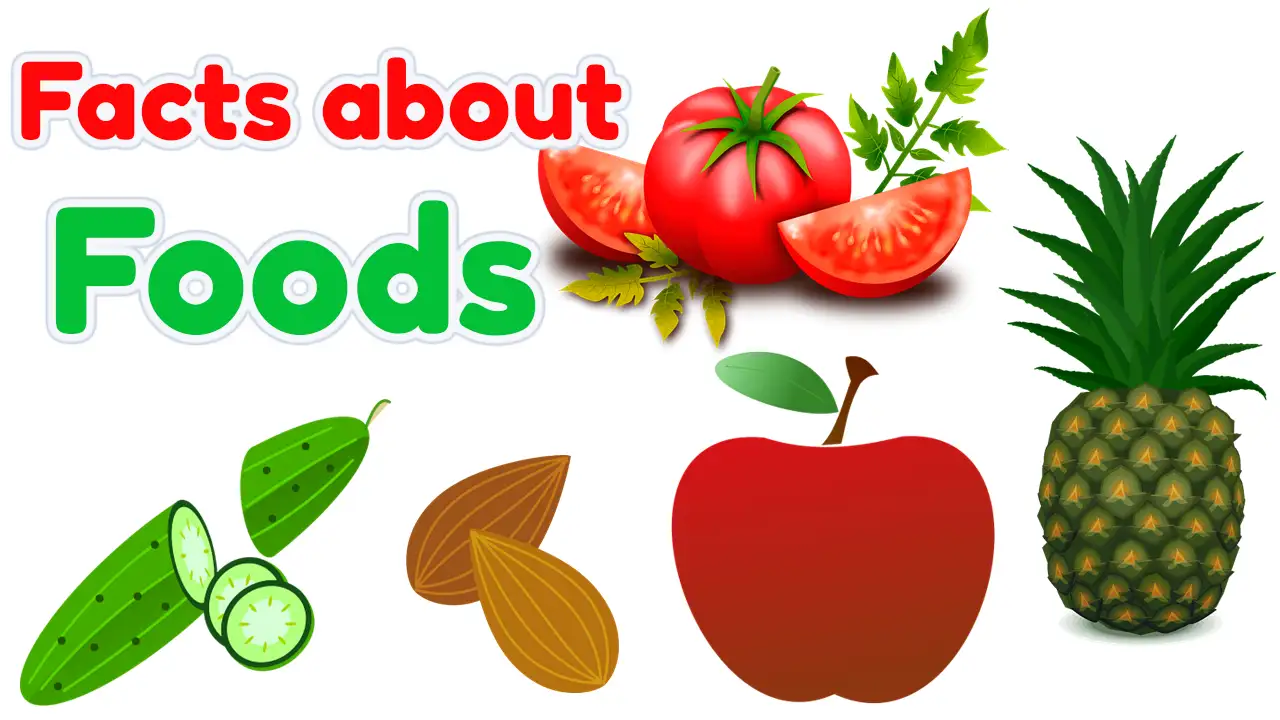Some Important Information about Plants
Plants are living things, just like animals and humans.

They need sunlight, water, air, and soil to grow and stay healthy.

Plants make their own food using sunlight, which is called photosynthesis.
Plants give us oxygen during photosynthesis, which is essential for all living beings.
The color of the Leaves is green because it contains chlorophyll.

Flowers are beautiful parts of plants that help to make seeds for new plants.

Plant roots anchor the soil and absorb water and nutrients from the ground.
Stems carry water and food from the roots to other parts.
Plants come in all shapes and sizes – from tall trees to tiny flowers.
Some plants are green, but some can have colorful flowers and fruits.
We eat many parts of plants, such as fruits (like apples and bananas), vegetables (like carrots and tomatoes), and grains (like rice and wheat).

Plants provide homes and food for animals and birds.

Plants are essential for the environment. They help to reduce pollution and maintain the balance of nature.
Plants are also used to make medicines, clothing, and building materials.
There are over 400,000 different species of plants in the world.
Some plants, like cacti, store water in their stems to survive in dry environments.

Plants, like the Venus flytrap, can catch insects to get extra nutrients.

The world’s tallest tree is the coast redwood. It can grow up to 379 feet tall!

The world’s largest flower is the Rafflesia arnoldii. It can grow up to three feet wide and weigh up to 15 pounds!

The world’s oldest known plant is a creosote bush that is over 4,800 years old.
The world’s fastest-growing plant is bamboo. It can grow up to 3 feet in a day!

The world’s smallest flower is the Wolffia globosa, which is only about 0.004 inches in diameter.
Some plants can move. The Venus flytrap is a carnivorous plant that can snap shut to trap insects.


